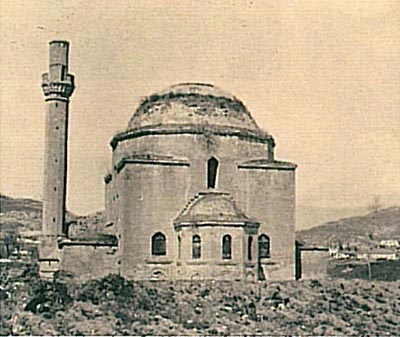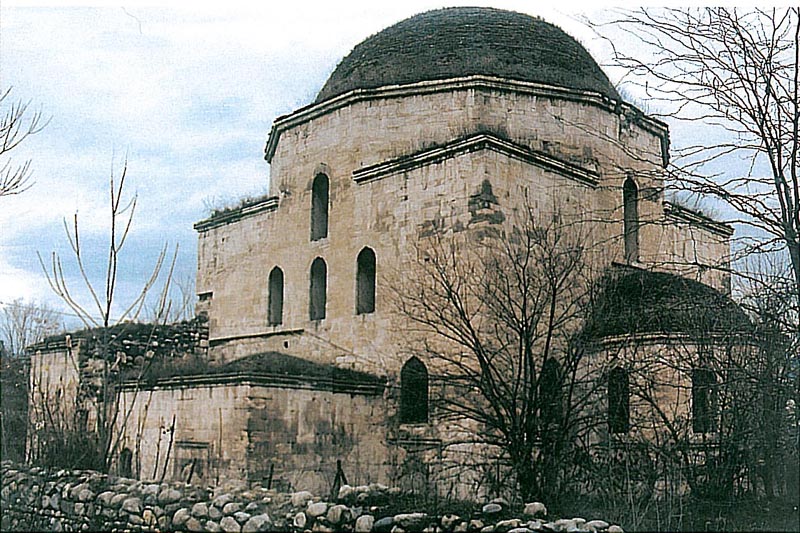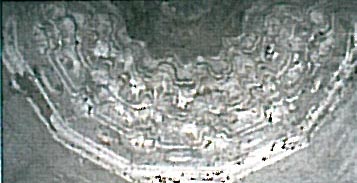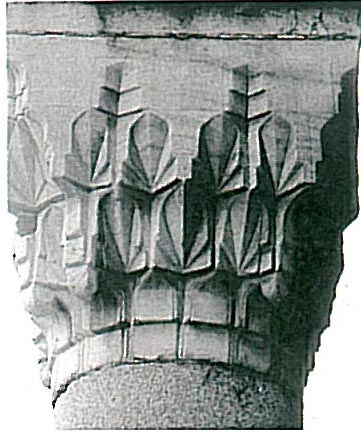In 1492/3 Mehmed bey, son of conqueror of Crimea and son - in - law of Sultan Bayezid II, founded a philanthropic institution, an imaret, that bears his name (pl. 1 no 4).His choice of location for this complex - in the eastern outskirts of the city - was certainly influenced by the beauty of the heavenly touched landscape created by the river across to the south-west and with gardens which, as he says, "were to be found nowhere else". The diversion of this river forming a vast arc to the north-east - the older inhabitants still remember his terrible floods - covered the imaret with sand .In this way from the whole complex remains only the mosque, known as Agia Sophia, and a fountain on the north - west side of his enclosure.
The magnificence of the building effects from a combination of its construction, morphology and decoration. The external surface of the walls are built with perfectly carved blocks of sands and crowned by a quarter - round molding cornice. The brick masonry of vaulting was hidden under the lead sheets above them and behind the decorated mortars of the interior. The windows are positioned in two or three layers. The highest ones are crowned with pointed arches, in addition to the lower ones which are inscribed in rectangular inherent frames, decorated with curved friezes and moldings, like the niches and the gateway of the facade. The intense decorative intention is elevated in the carving of the stalactites, which represent, for the initiated, the harmony of the universe. The stalactites are literally embroidered not only on the soft stone used for the crowning of the numerous niches but also on the marble of the capitals. |
|---|








